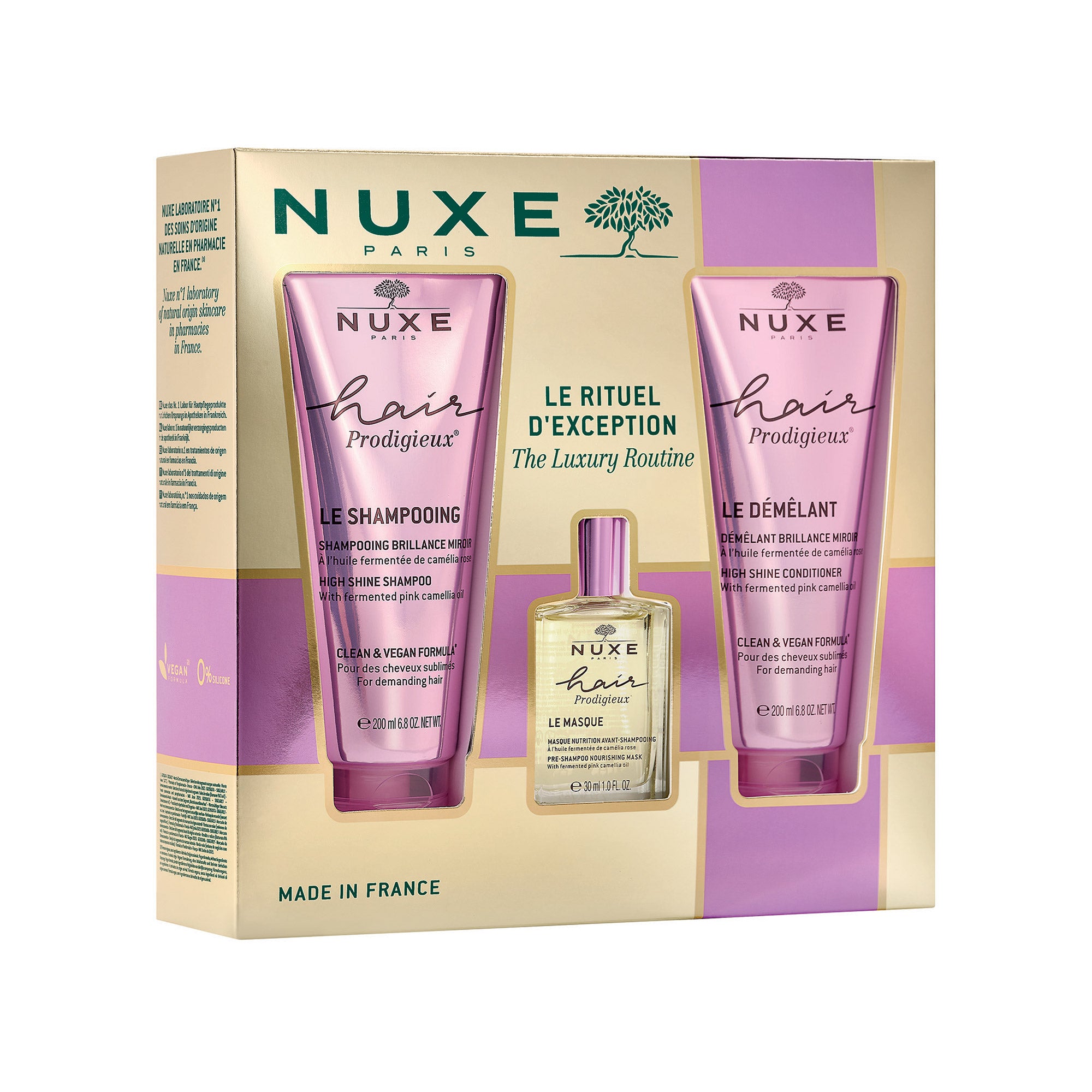Changes in temperature, exposure to wind and sun, use of unsuitable cosmetics... Sensitive skin tends to over-react to various everyday factors. As a result, it often shows signs of redness and discomfort, such as itching, tightness or overheating. It requires special attention.
Dry and sensitive skin: what's the difference?
Due to its lack of lipids and nutrition, dry skin shows signs of permanent roughness and discomfort.
Unlike dry skin, sensitive skin over-reacts to certain factors, such as cold, hard water or stress. It's a skin condition that may be occasional, and may not last over time. So, for example, some skins may become sensitive with the onset of winter, but not particularly so the rest of the year, and dry skin may or may not be sensitive.
Sensitive skin is therefore a fragile skin that demands our attention and requires an adapted response.
The 10 commandments for pampering sensitive skin
To care for sensitive skin on a daily basis and avoid discomfort, pamper it by choosing the right skin care routine and adopting a few good habits:
1. Use gentle cleansers and make-up removers to avoid overstressing the skin, which may redden as a result. Choose a oil make-up remover The oily texture of this cleanser removes all traces of make-up and other impurities, while leaving the skin feeling soft and comfortable. As a general rule, opt for gentle, no-rinse cleansers and make-up removers, such as oils, milks and micellar waters, which can be applied directly with the fingers to reduce the friction caused by absorbent cotton.
2. Who doesn't appreciate a long, warm, comforting shower on a winter's evening? But beware: water that's too hot can damage the skin's hydrolipidic film, which protects it from external aggressors and provides comfort. Beware of redness and tightness! So opt for lukewarm water to preserve skin lipids.
3. The build-up of limescale on the skin after a shower can also make the skin less comfortable and create a feeling of tightness. On the face, you can use a gentle toner such as a toning lotion or floral water to remove any remaining limescale residue. Then apply your usual skincare products, leaving your skin feeling even softer.
4. Choose organic, grain-free scrubs rather than those with exfoliating particles, which can be abrasive for sensitive skin and cause redness. And don't overuse exfoliants, which can weaken the skin's barrier: one or two scrubs a week maximum!
5. The automatic reflex to adopt after exfoliation: a "good night's sleep". moisturizing mask ! Repeat 1 or 2 times a week to replenish skin with moisture and prevent tightness. The NUXE laboratory has specially formulated a 3-in-1 cream, 48h Moisturizing Cream, Cleansing Milk, Plumping Mask 100ml 48h for thirsty skin.
6. Moisturize your skin daily to maintain its water reserves, and choose a rich, creamy texture to give it the comfort and softness it needs. In addition to moisturizing, choose skin care products designed for sensitive skin to soothe sensations of discomfort, such as Rêve de miel® ultra-comforting day face cream or the Crème fraîche® de beauté specifically formulated by our laboratory for sensitive skin. Good skin hydration also comes from within, so drink 1.5 liters of water a day and your skin will thank you!
7. Avoid excessive skin hygiene, which can alter the lipids present on the skin's surface, making it uncomfortable. You can, for example, limit yourself to one cleansing with water a day, and apply a floral water in the morning to cleanse your skin of impurities left over from the night, without overdoing it with a deep cleansing with water.
8. Generally speaking, sensitive skin tends to redden more easily than other skin types, especially in winter when temperatures drop and the cold sets in. To minimize the impact of the cold on your skin, take care to avoid sudden temperature changes.
9. To avoid overheating your skin, avoid synthetic materials and garments such as polyester or acrylic, and prefer smooth, supple materials such as cotton, linen, silk or hemp for their fine, air-permeable fibers.
10. Last but not least, always protect your skin from the sun when you're out in the sun, with a sunblock. SPF (10, 20, 30 or 50 ) depending on your skin type (light, medium or dark phototype) and the level of sun exposure (low, moderate or intense).
As a general rule, in addition to applying these good reflexes, listen to your skin on a daily basis to identify the factors behind excessive skin reactions so you can avoid them as much as possible, and your skin will be all the better for it!












Leave a comment
This site is protected by hCaptcha and the hCaptcha Privacy Policy and Terms of Service apply.